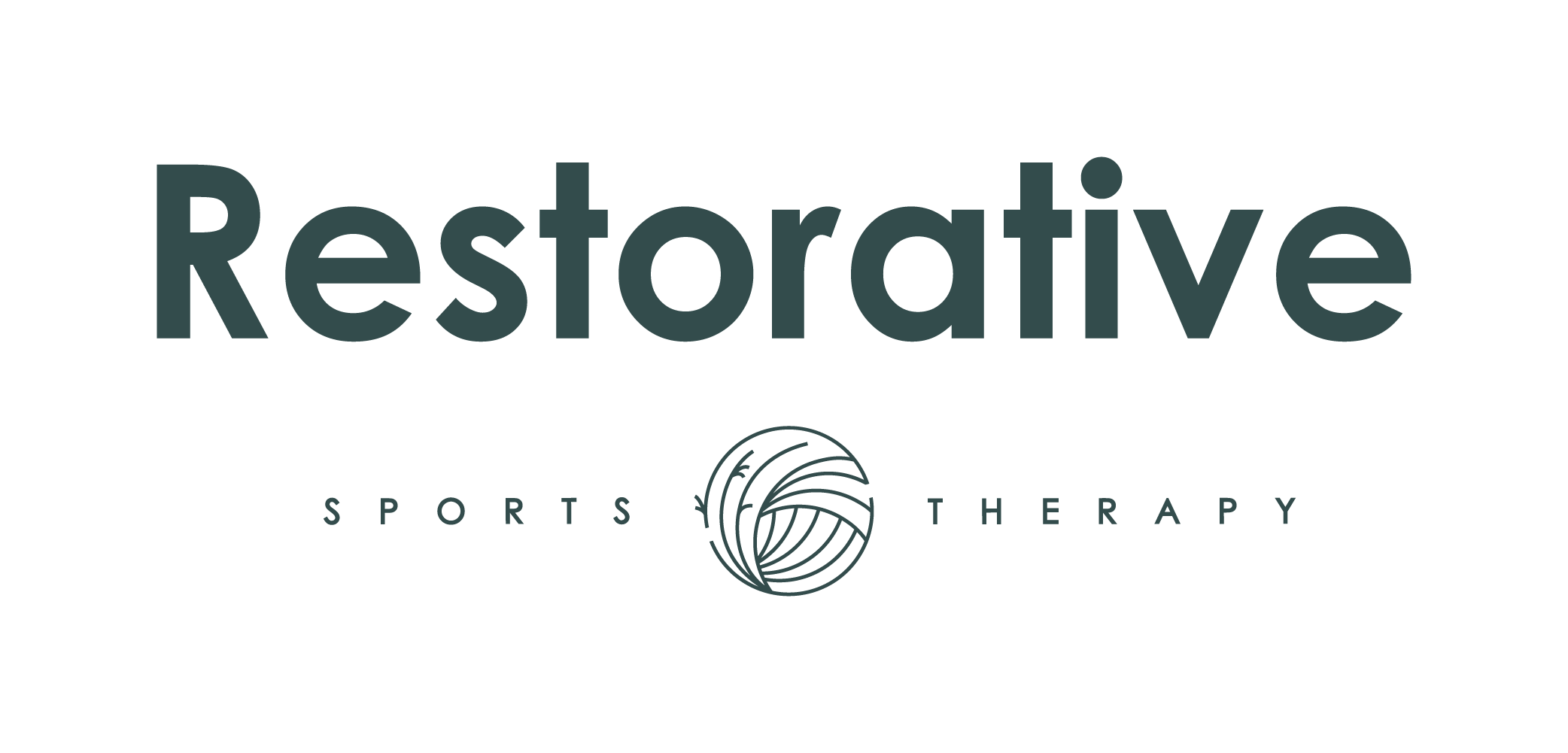Gunn IMS (Intramuscular Stimulation)
Gunn Intramuscular Stimulation (IMS) is a total system for the diagnosis and treatment of myofascial pain syndromes (chronic pain conditions that occur in the musculoskeletal system when there is no obvious sign of injury or inflammation). IMS is grounded in Western Medical Science, and has a solid foundation in its radiculopathic model of pain, which is now supported by many experts in the field.
The treatment utilizes acupuncture needles because they are the thinnest implements available that are designed to penetrate deep within muscle tissue, specifically targets injured muscles that have contracted and become shortened from distress. IMS relies on a thorough physical examination of the patient by a competent practitioner, trained to recognize the physical signs of neuropathic pain. Chronic pain is often neurological as opposed to structural, and therefore, invisible to expensive X-rays, MRI Tests, Bone and CT Scans.
The treatment involves dry needling of affected areas of the body without injecting any substance. The needle sites can be at the epicenter of taut, tender muscle bands, or they can be near the spine where the nerve root may have become irritated and supersensitive. Penetration of a normal muscle is painless; however, a shortened, supersensitive muscle will ‘grasp’ the needle in what can be described as a cramping sensation. The result is threefold:
A stretch receptor in the muscle is stimulated, producing a reflex relaxation (lengthening).
The needle also causes a small injury that draws blood to the area, initiating the natural healing process.
The treatment creates an electrical potential in the muscle to make the nerve function normally again.
The needle used in IMS, by stimulating muscle spindles, essentially becomes a specific and unique tool for the diagnosis of Neuropathic Muscle Pain.
Gunn IMS is comparable in some ways to acupuncture; however, there are a number of important differences. IMS requires a medical examination and diagnosis by a practitioner knowledgable in anatomy, needles insertions are indicated by physical signs and not according to predefined, non-scientific meridians, while subjective and objective effects are usually experienced immediately.
